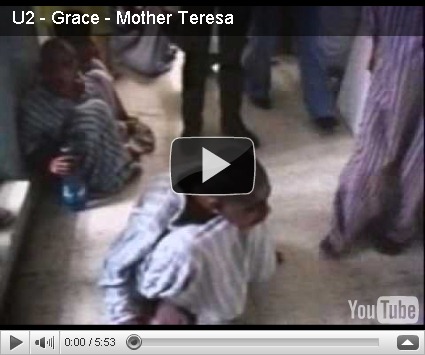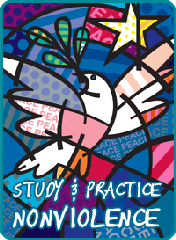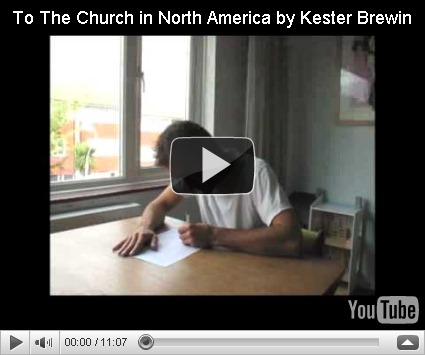On Columbus day,

(Landing of Columbus, Library of Congress)
I find it fitting to remember the Trail of Tears.

Why would I choose to write about Trail of Tears on the day the Europeans first encountered the New World? It’s simple: because of the effect this discovery by Christopher Columbus ultimately had upon the indigenous population already in North America. And because I could hardly believe my ears when I overheard a remark recently stated in the context of the immigration debate.
A person rallying against the Arizona border law mentioned that every white person in the USA had at one time been an immigrant.
A protagonist in favor of the Arizona law replied that yes, but the European settlers were all legal immigrants because they came here legally.
In general, I can only be concerned with so much, and immigration is not at the top of my list. Yet, this remark just about bowled me over on account of its obtuse ignorance.
I ask, “Legal by whose standards? By the standards of the people who were already here? By the standards of the people whose rules for governance of this land were already in place?” I think not!
The conquest of the New World involved a great clash of cultures. If you have any doubt about that culture clash, I encourage you to read the book Bury My Heart at Wounded Knee. | |
| | Or, check out the Kevin Costner film, Dances With Wolves. |
The conquest of the New World was not all sweetness and light.* I’m not sure by what intellectual trick one could maintain the ignorance required to maintain a belief otherwise.
It was certainly apparent when I took Florida history in the Fourth grade and learned the fate of those native Americans who encountered Fernando DeSoto and Ponce de Leon. It was pretty obvious to me as a Sixth grader, when I learned the Seminole tribe of the swamps of South Florida was actually the refugee remnant who had taken refuge in the mosquito, alligator, and snake infested swamps of southern Florida to avoid being rounded up and exiled in the Trail of Tears. And, well, I was really sad when I learned the story and tragic fate of their leader Asi Yahola (Anglicized as “Osceola”), who died in chains at Fort Moultrie, SC, while awaiting a hearing on his tribe’s claim.
The pain of the clash of cultures was still apparent when I studied U.S. history in 10th grade and learned the fate of the Eastern tribes and of the nations of the Plains. And it still hadn’t changed when I took World History in college and learned of the subjugation and marginalization of the Aztec and Inca peoples, already decimated by diseases from the European ships, to which these peoples had no resistance.
 | Trail of Tears by Robert Lindneaux 1942 The Granger Collection, Ltd., NY |
Yes, I’m aware that the feelings of animosity ran in both directions. I’m aware that in the French and English war, the French paid native Americans for scalps of their English rivals, fueling what was a particularly grisly practice.
But Puh-Leeze, don’t whitewash it with studied ignorance and the claim that “the White Men came here under the authority of King George”. By what measure did King George – or any Western king – have authority to decree what rights he had in the New World?! Perhaps by the same authority that Hitler exercised when he decided he had a right to govern France and Poland?
Facing superior firepower, Native Americans were forced to fight the battle according to the rules of the dominant culture. But even those rules were then mis-applied, to the great detriment of the indigenous peoples. Land was “sold” and entire nations forcibly evicted from their homelands. Such was the fate of the Choctaw and Cherokee, Creek and Chickasaw, Seminole and Muskogee tribes. Between 1831 and 1838, beginning during the presidency of Andrew Jackson, approximately 46,000 Native Americans were removed from their tribal lands by U.S. armed forces, thus freeing 25 Million acres for development by peoples of European descent (according to Wikipedia).
It is generally accepted that somewhere between 20% – 25% of the Native Americans relocated out of their Eastern homelands and herded westward to Oklahoma perished as a result of the relocation that we now call the Trail of Tears. (For the research paper where I got this statistic, click HERE, but if you don’t believe this source you can Google it yourself and find any number of other papers.)
None of us have any control over what our ancestors did. Nor can we take any personal responsibility – neither good nor evil -- from our personal heritage.
But that lack of control we have over our heritage doesn’t mean we can’t take responsibility for our thoughts and actions from this day forward. And the first part of that taking responsibility is to take an accurate view of history.
Those who are ignorant of history, are doomed to repeat it.

Image from HERE
National Park Service Historic trail, link HERE
Do you choose ignorance, or knowledge?
A popular government without popular information or the means of acquiring it is but a prologue to Farce or Tragedy or perhaps both. Knowledge will forever govern ignorance, and a people who mean to be their own Governors must arm themselves with the power knowledge gives. (James Madison, 1788)
(*I’ve written before about this clash of cultures in a prior blog post HERE.)








